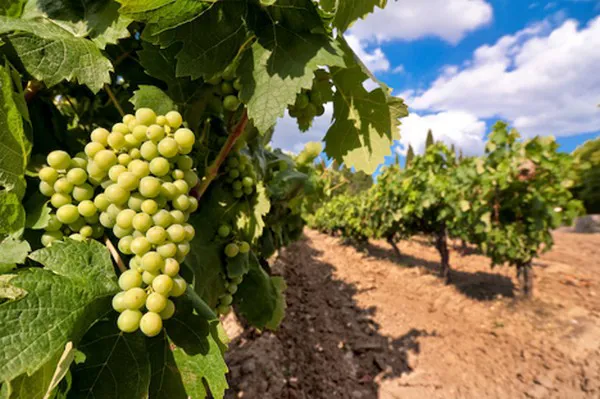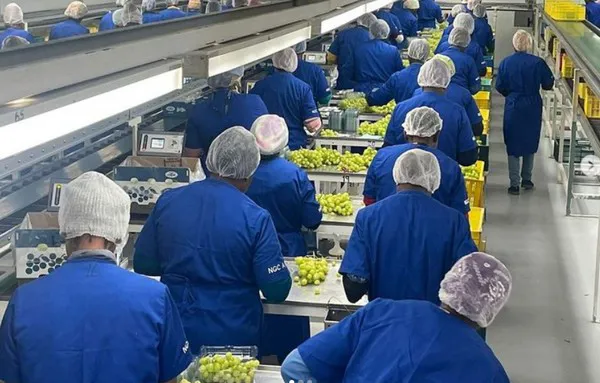“It’s going to be an interesting season.” So says Mark Greenberg of Capespan North America of the upcoming import table grape season which is beginning its transition out of domestic product from California. “We can expect good quality from all regions this year and I don’t think we’ll see the transit delays and the resulting condition issues that we saw last year,” he says.
California
“California is still in the market. At last count, there were still 6 million boxes of California grapes in storage. Though I’m not sure how much of that will get into distribution,” says Greenberg.

It was initially expected that California’s season would end earlier given summer weather conditions that made the fruit a little challenging. “It was also, by California standards, a lighter crop with under 100 million cases,” he says. “So expectations were high that North America would be ready for an early transition to imported grapes.”
Peru
Peru’s grape production is expected to be up this season, and exports to the U.S. are already up disproportionately. “The European currencies are relatively weak compared to the U.S. dollar and Europe is also facing some economic difficulties due to a variety of reasons including inflation and the impact of the war in Ukraine,” says Greenberg. “So there’s been a decline in shipments to Europe and the U.K. and a lot more fruit being shipped to North America. Loadings to the U.S. are up over 35 percent from last year while loadings to Europe and the UK are down almost 20 percent.”
Peru continues to move away from the traditional varieties of grapes including Flames, Thompsons, Crimsons and Red Globes (the latter, the formerly predominant variety from Peru). Peru continues its focus on the new proprietary varieties including Sweet Globe, which comprises 20 percent of Peruvian exports so far this season, Allisons, Timcos, Autumn Crisp, Sable and Midnight Beauty.

While it’s difficult to tell what is normal anymore for a transition, the move towards imports is happening at a time similar to last year. “I don’t think we can reasonably expect retailers to transition to imported grapes before the U.S. Thanksgiving. The focus is not on table grapes and California always has enough good fruit to get through November,” he says, noting some California shippers ship right through December. “What is sort of normal is mid-December with a full transition by the end of December, early January.”
Price-sensitive demand?
As for demand on grapes, October and November saw moderate demand, possibly reflecting the erratic late-season quality and condition from California. Now, however, while California fruit is selling between $20-$22, Peruvian grape sellers are pushing for higher pricing between $30-$32. “Will consumers pay a higher retail price for table grapes?” says Greenberg. “There hasn’t been sufficient transition by retailers to see how consumers will react to changes in retail pricing. We’ll know a lot more in a couple of weeks as we watch the rate at which retailers reorder.”
January of course will see some other producing regions enter the market, starting with Chile which will start with arrivals late in the year or early January. Chile continues its move away from the traditional, but earlier producing varieties, such as Sugraones and Flames. Currently, its production estimates are for more than 65 million cases of export grapes, though not all of that is destined for North America.
“We’re also expecting fruit from South Africa, although more will come to Canada than will go to the U.S.,” says Greenberg. “South African grapes are heading to Europe and the UK right now. We’ll have them in Canada and the U.S. in January.”
 For more information:
For more information:
Mark Greenberg
Capespan North America
Tel: +1 (514) 739 9181 Extension 102
[email protected]
www.capespan.com
